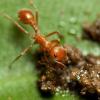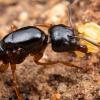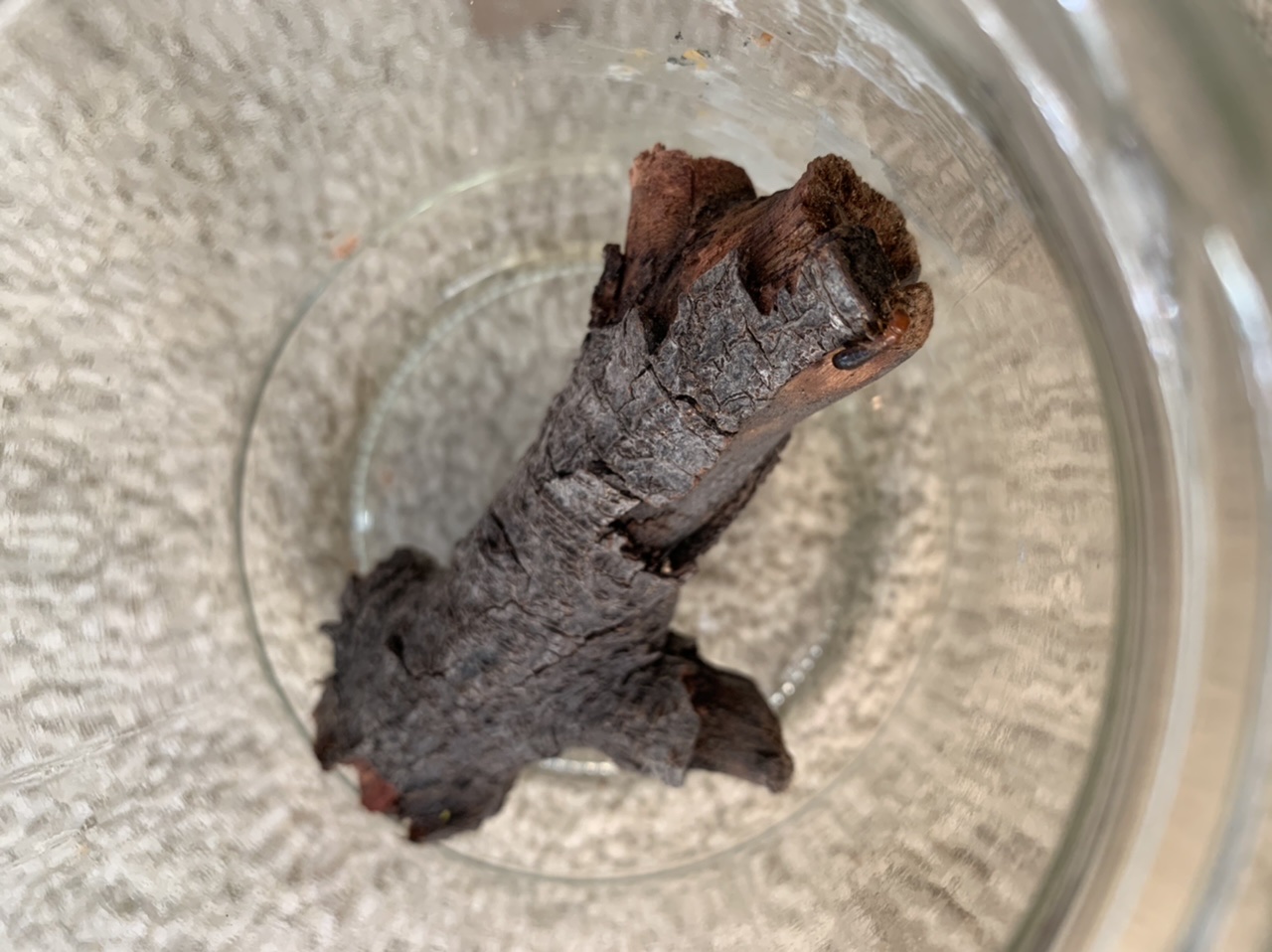Northern California/Bay Area, August 15th.
They remind me of alates I've seen, but they don't have wings, and they were wandering around solo instead of running off in pairs. I collected 4 yesterday. 1 died overnight. These 2 like hanging out together I guess.
Are they alates (err dealates) or some other caste?
Edited by OhNoNotAgain, August 16 2020 - 2:39 PM.
Formiculture Journals::
Veromessor pergandei, andrei; Novomessor cockerelli
Camponotus fragilis; also separate journal: Camponotus sansabeanus (inactive), vicinus, laevigatus/quercicola
Liometopum occidentale; Prenolepis imparis; Myrmecocystus mexicanus (inactive)
Pogonomyrmex subnitidus and californicus (inactive)
Tetramorium sp.
Termites: Zootermopsis angusticollis
Isopods: A. gestroi, granulatum, kluugi, maculatum, vulgare; C. murina; P. hoffmannseggi, P. haasi, P. ornatus; V. parvus
Spoods: Phidippus sp.























